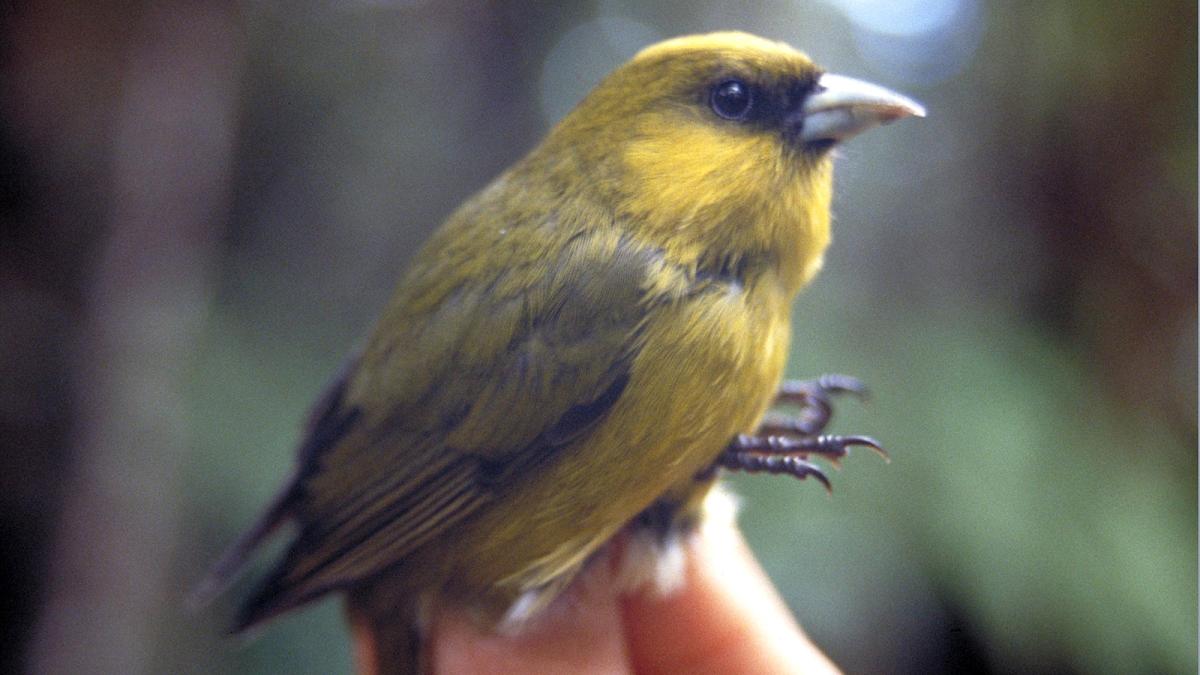U.S. Geological SurveyAn endangered Hawaiian honeycreeper.
WAIMEA, HAWAII — Given its fragile and unusually rich ecology, the Hawaiian island of Kauai seems ill-suited as a site for agricultural experiments that use heavy amounts of toxic chemicals. But four transnational corporations — BASF Plant Science, Dow AgroSciences, DuPont Pioneer, and Syngenta — have been doing just those kinds of experiments here for about two decades, extensively spraying pesticides on their GMO test fields. As a result, the landscape on the southwest corner of the island, around the town of Waimea, has become one of the most toxic chemical environments in all of American agriculture.
This poses serious risks for the people of Kauai, as I’ve documented, but even less noticed are the hazards posed to the unique flora and fauna of the island and the coral reefs just off its shores. Each of the seven highly toxic pesticides most commonly used by the GMO giants on Kauai (alachlor, atrazine, chlorpyrifos, methomyl, metolachlor, paraquat, and permethrin) is known to be toxic to wildlife, plants, or both.
Read more

